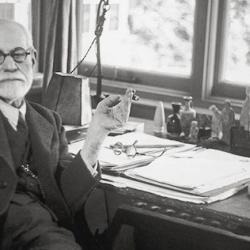In Shakespeare’s Much Ado About Nothing, there are two wedding scenes. The first is the wedding of Claudio and Hero, and it’s a disaster. Claudio has been convinced by the evil Don John that Hero, his finacee, has been meeting with other men during their engagement. He thinks he’s seen another man at Hero’s window on the very night before the wedding. It isn’t true; Hero is as faithful as can be. But Claudio is convinced she has wronged him. Enraged with jealousy, he harshly rejects Hero at this first wedding, casts her aside as a rotten orange and a whore, and stomps indignantly out of the church.
Benedick, Claudio’s military buddy, observes what’s going on, and says with delightful understatement: “This looks not like a nuptial.” That is, this isn’t in the script. This doesn’t look like any wedding I’ve ever been to.
After the first wedding scene, a Friar comes up with a plan. He suggests that everyone pretend that Hero has died because of Claudio’s attack. When Claudio realizes what he’s done, he will repent and then Hero can be revealed, a Hero now raised from the dead. It works. The first wedding looked not like a nuptial; but at the second, Claudio receives his dead Hero back, and the ruined wedding is repaired, the dead love is raised from the grave.
Shakespeare was a great poet, and a great theologian. He knew that the only way to redeem a disrupted marriage was through death and resurrection. There’s an even better example than Shakespeare, though. Jesus was Yahweh incarnate, Yahweh in human flesh, and He came as the bridegroom to rescue His bride and to consummate His love. His bride refused to listen to Him, spurned Him, delivered Him to the Gentiles, mocked Him, jeered at Him, delighted in seeing Him scourged and crowned with thorns, put Him on a cross.
Standing at the foot of the cross, we would repeat Benedick’s words – this looks not like a nuptial. But this bridegroom Jesus rose again, and through His Resurrection this first, ruined wedding became the path toward the second wedding, the final consummation of all things, when the Bride of Jesus will be united to her husband for all eternity.















